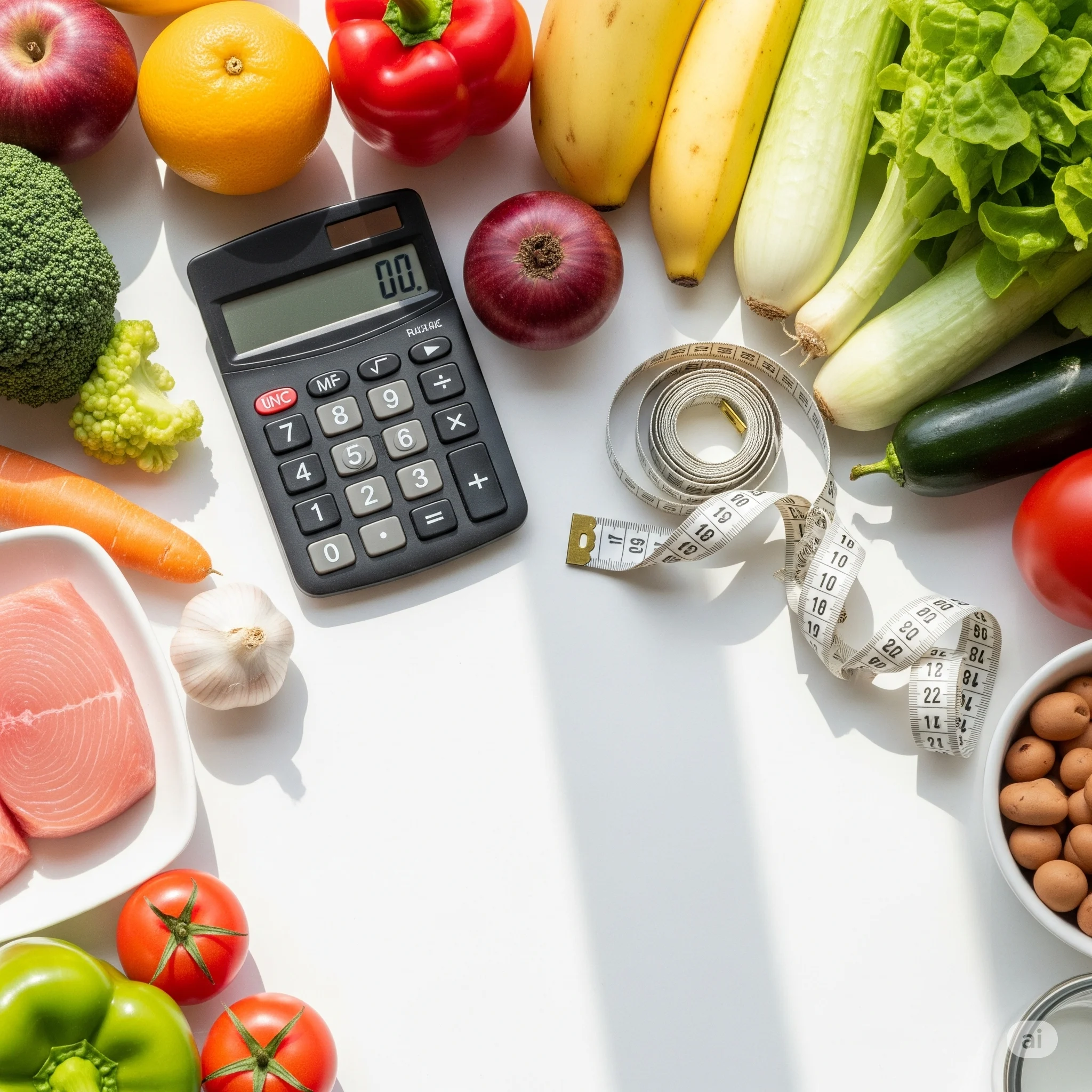BMR: The Master Key to Understanding Your Metabolism and Reaching Your Goals
Publicado em: 19/07/2025

Hey, how is it going?
If you have ever tried to follow a diet, create a workout plan, or simply understand your body better, you have certainly come across the acronym BMR, right? It appears everywhere: health apps, conversations with nutritionists, fitness articles…
But what on earth is this Basal Metabolic Rate? And more importantly, why is it the key piece that might be missing in your puzzle to achieve your goals?
Grab a coffee or your water bottle and come with me, because today we are going to unravel this mystery in a complete, but uncomplicated way. The idea here is simple: to give you the power to understand your own body to make the best decisions.
Let’s go!
What Exactly is Basal Metabolic Rate (BMR)?
Imagine your body in stand-by mode. You woke up, but you are still lying down, in complete rest, in a room with a pleasant temperature, and without having eaten anything in the last 12 hours. You are not moving, not digesting, not even thinking about bills. You are just… existing.
BMR is the number of calories your body burns to keep vital functions running in this state of absolute rest. It is the minimum energy you need to stay alive.
Think of it as your body’s “operating cost” to:
- Breathe
- Keep the heart beating
- Circulate blood
- Regulate body temperature
- Keep your organs (brain, liver, kidneys) working
- Renew cells
It is the largest portion of your daily caloric expenditure, accounting for about 60-75% of the total. Crazy, right? Even when still, your body is a machine that never stops working!

BMR vs. RMR: What’s the Difference in Practice?
You might also see the acronym RMR (Resting Metabolic Rate). The difference is very subtle and technical, but it’s worth knowing:
- BMR (Basal): It is measured under very strict laboratory conditions, as described above. It is a more “pure” and theoretical value.
- RMR (Resting): It is measured under more relaxed conditions, without such a strict fast or environmental control. Therefore, it tends to be a little bit (about 10%) higher than BMR.
In real life and in online calculators, the terms are used almost synonymously. The important thing is to know that both refer to your energy expenditure at rest.
Why is BMR the Master Key to Your Metabolism?
Understanding your BMR is like having a map of your metabolism. It is the starting point for any goal related to your weight and health:
- Want to lose weight? You need to create a caloric deficit. BMR is the basis of this calculation.
- Want to gain muscle mass? You need a caloric surplus. BMR helps you set this goal.
Without knowing your BMR, any calorie plan is a shot in the dark. With it, you make much smarter and more personalized decisions.
The BMR Formulas: Unraveling the Calculations
Online calculators use validated mathematical equations. The most famous is the Mifflin-St Jeor Formula.
- For men:
BMR = (10 × weight in kg) + (6.25 × height in cm) - (5 × age in years) + 5 - For women:
BMR = (10 × weight in kg) + (6.25 × height in cm) - (5 × age in years) - 161
If you know your body fat percentage, the Katch-McArdle Formula is even more accurate.
- Formula:
BMR = 370 + (21.6 × Lean Body Mass in kg)
“Wow, do I have to do all that math?” Calm down! That is what calculators are for! They do the heavy lifting for you in seconds.

Step by Step: From BMR to Your Total Daily Energy Expenditure (TDEE)
Okay, you have calculated your BMR. Now what? To know how many calories you really burn per day, we need to consider your lifestyle. This is where Total Daily Energy Expenditure (TDEE) comes in.
- Step 1: Calculate your BMR.
- Step 2: Multiply your BMR by your activity factor. Be honest!
- Sedentary (little or no exercise): BMR × 1.2
- Lightly Active (light exercise 1-3 days/week): BMR × 1.375
- Moderately Active (moderate exercise 3-5 days/week): BMR × 1.55
- Very Active (heavy exercise 6-7 days/week): BMR × 1.725
- Super Active (very heavy exercise + physical job): BMR × 1.9
The result is the number of calories you need to maintain your current weight.
Conclusion: You Are in Control
Understanding your Basal Metabolic Rate is about self-knowledge. It is the difference between following a generic internet diet and creating a plan that really works for you.
So, how about using our Macro Calculator to find out your BMR and start planning smarter?
